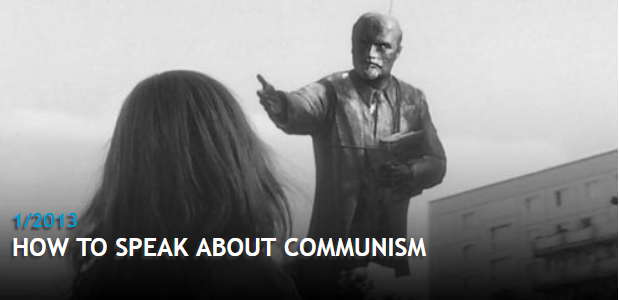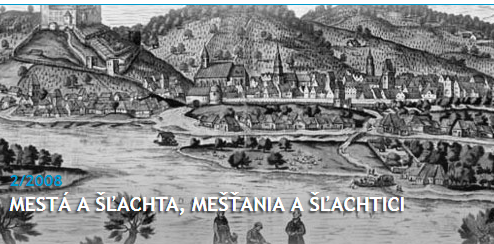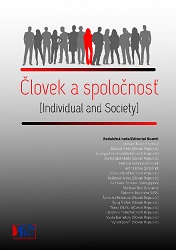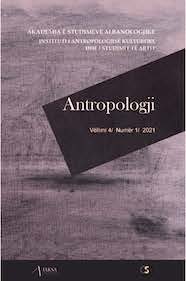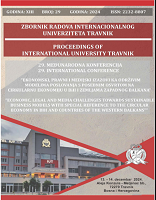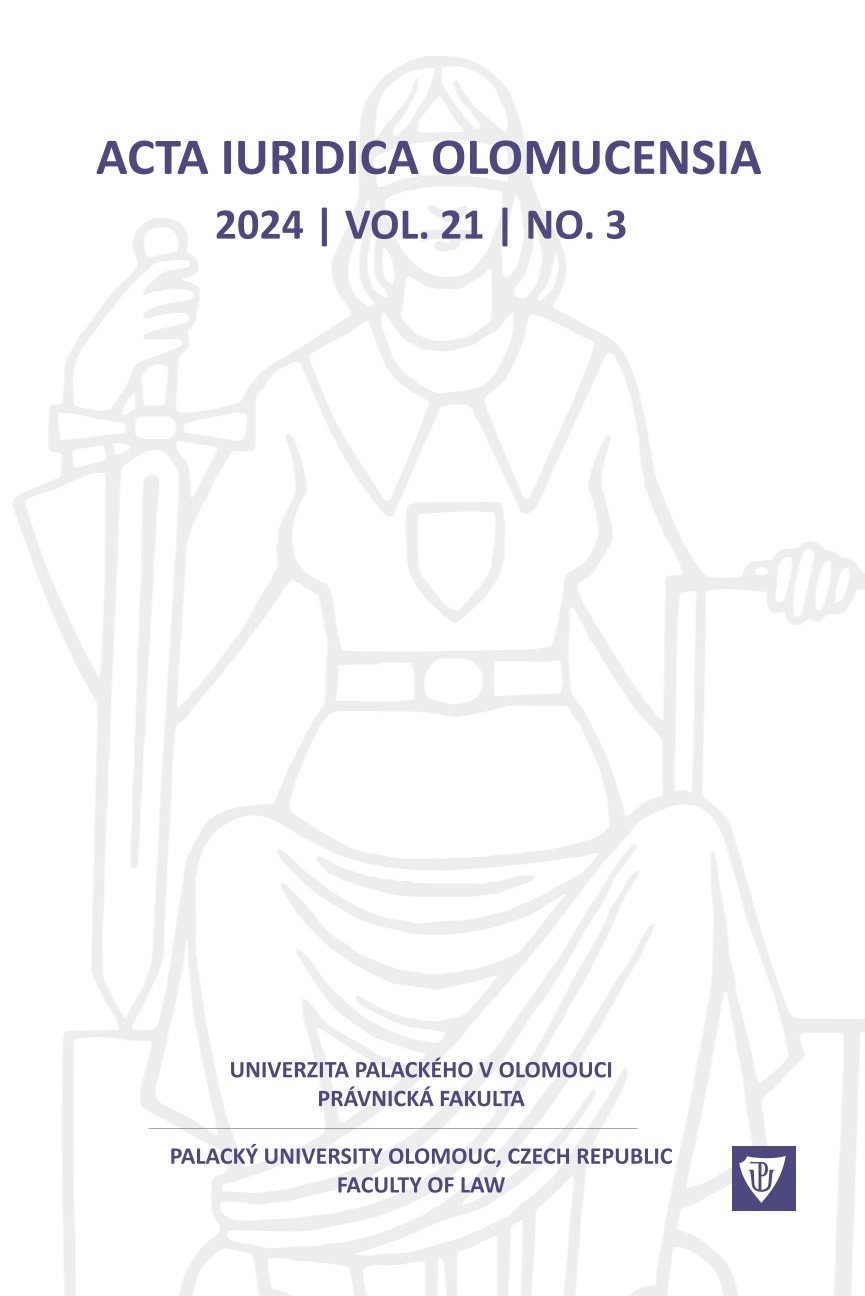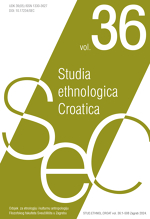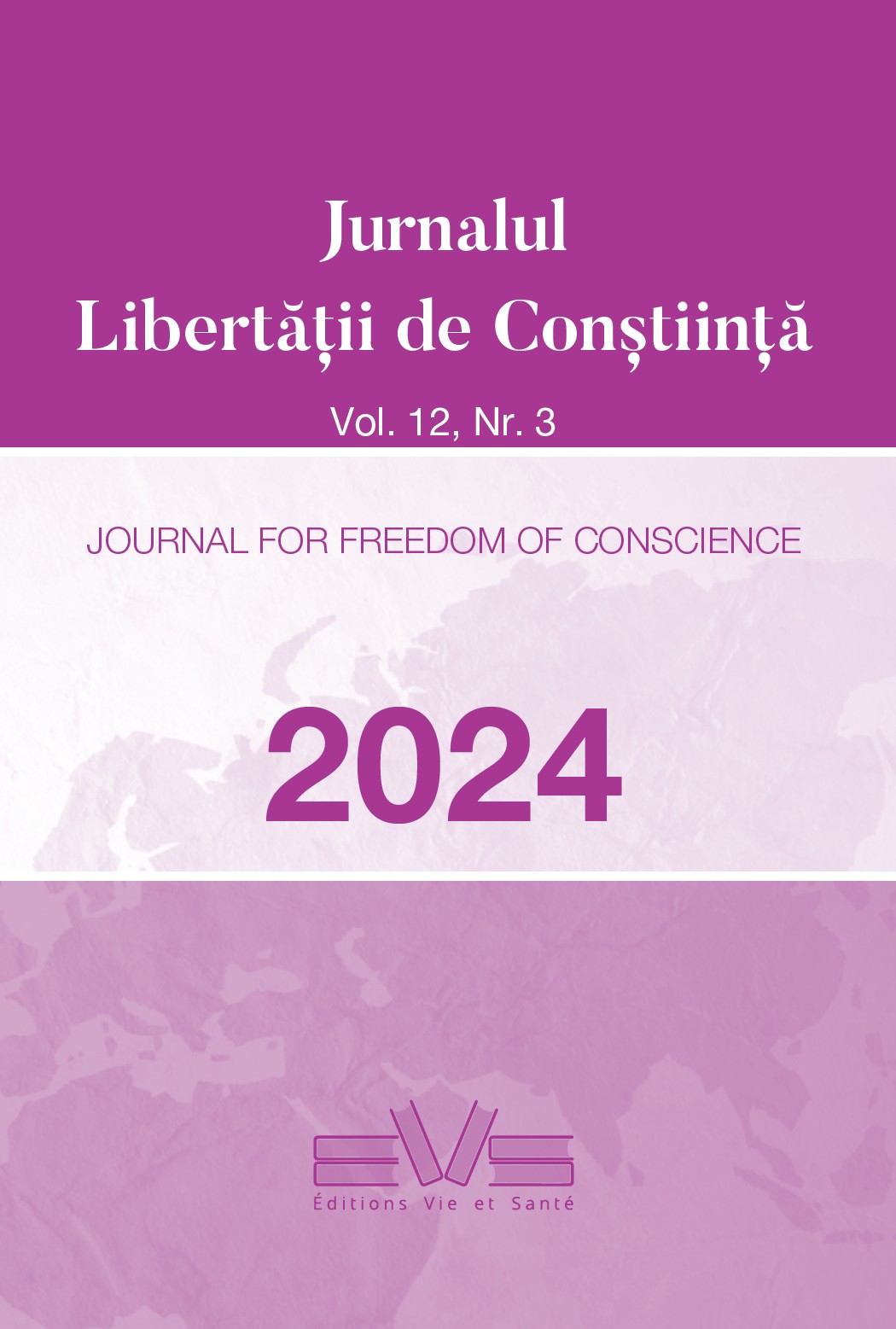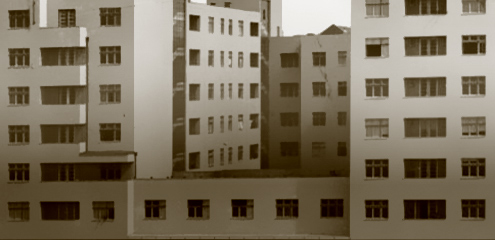
Zrod moderného mesta: zmeny obrazu slovenských miest v druhej polovici 19. a prvej polovici 20. storočia
The period from the Austro-Hungarian Compromise to the outbreak of World War II can be considered as decisive for the modernization of cities in the territory of Slovakia. It is because processes, the impact of which is still today determining the appearance of the urban landscape, took place during these seven decades. Intensive modern urbanization took place in that period in the Kingdom of Hungary and Hungarian cities reached the standards of Western Europe. Particularly between 1867 and 1918, development took place in the same temporal, functional and structural context. Hungarian cities were characterized by an identical typology of urban structures and spaces. In them, the modernization process became visible at more or less the same time, independent of the size, population and city‘s position within the country. The re-organization and modernization of transport, roads and street networks, as well as modern infrastructure had a complex impact on cities. Modernization influenced city growth, accelerated urbanization, the development of new city functions and economic transformation. While, until 1918, the concepts of a modern city had been implemented quite equally in all Hungarian cities, historical turning points, such as the collapse of the Kingdom of Hungary and the establishment of Czechoslovakia or the changes in the architectural and urban paradigm, had a direct impact on the later development of cities in a rather selective and unique manner. The study provides information on the modernization of cities located in the territory of the modern day Slovakia, with special attention paid to Bratislava, Košice and Žilina as they went through the most dynamic and complex developments and are unique examples not only of the implementation of the concept of modern city's but also of development under various cultural and geopolitical influences.
More...

